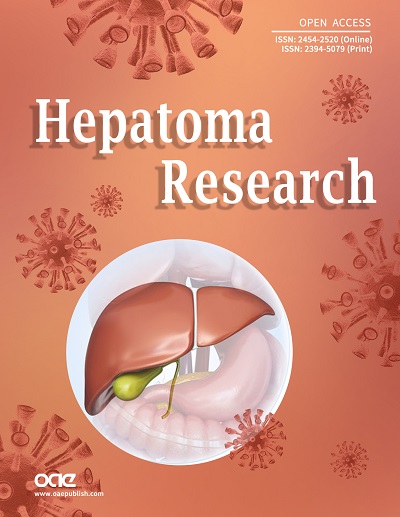fig2

Figure 2. GLI-specific decoy ODN affects gene expression pattern and cell proliferation. (A and B) The GLI-decoy treatment significantly affected the transcripts of GLI-related genes associated with stemness and EMT in Huh-7 cells compared to the control and vehicle treatments; (C) GLI representative fluorescent micrographs and quantification of the BrdU assay demonstrated that in comparison to the control and the vehicle groups, cell proliferation of Huh-7 dramatically decreased following GLI-specific decoy ODN treatment. The BrdU-positive cells are green, and the nuclei in blue are counterstained with DAPI (scale bars, 100 μm). Data are presented as the mean ± SD for three independent experiments. *P ≤ 0.05, **P ≤ 0.01, ***P ≤ 0.001, ****P ≤ 0.0001. GLI: Glioma-associated oncogene; ODN: oligodeoxynucleotides; EMT: epithelial-mesenchymal transition; BrdU: Bromodeoxyuridine; SD: standard deviation.








